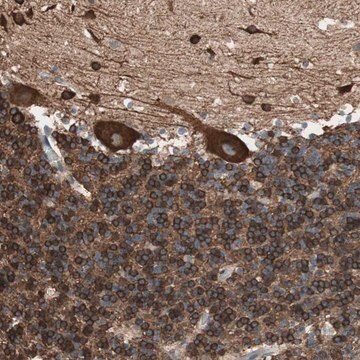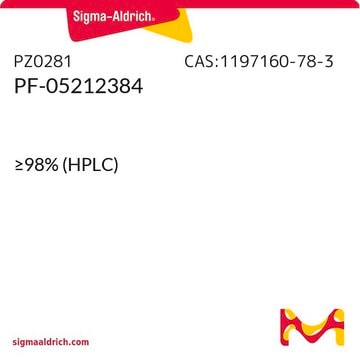SRP8040
LAG-3 (human): FC (human)
recombinant, expressed in CHO cells, >99% (SDS-PAGE)
Sinónimos:
FDC Protein, Lymphocyte activation gene-3, PC cell-derived growth factor
About This Item
Productos recomendados
origen biológico
human
recombinante
expressed in CHO cells
Análisis
>99% (SDS-PAGE)
formulario
liquid
mol peso
~80 kDa by SDS-PAGE
envase
pkg of 50 μg
concentración
≥0.2 mg/mL
impurezas
<0.1 EU/μg endotoxin, tested
color
clear
Nº de acceso UniProt
Condiciones de envío
wet ice
temp. de almacenamiento
−20°C
Información sobre el gen
human ... LAG3(3902)
Descripción general
Acciones bioquímicas o fisiológicas
Forma física
Otras notas
Código de clase de almacenamiento
12 - Non Combustible Liquids
Clase de riesgo para el agua (WGK)
WGK 1
Punto de inflamabilidad (°F)
Not applicable
Punto de inflamabilidad (°C)
Not applicable
Certificados de análisis (COA)
Busque Certificados de análisis (COA) introduciendo el número de lote del producto. Los números de lote se encuentran en la etiqueta del producto después de las palabras «Lot» o «Batch»
¿Ya tiene este producto?
Encuentre la documentación para los productos que ha comprado recientemente en la Biblioteca de documentos.
Nuestro equipo de científicos tiene experiencia en todas las áreas de investigación: Ciencias de la vida, Ciencia de los materiales, Síntesis química, Cromatografía, Analítica y muchas otras.
Póngase en contacto con el Servicio técnico







